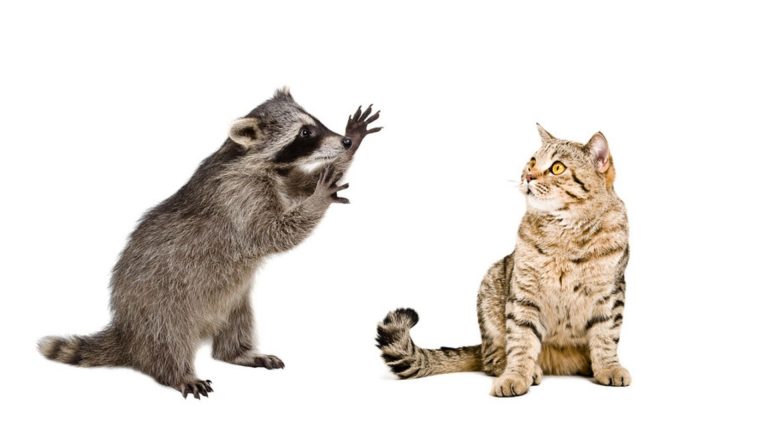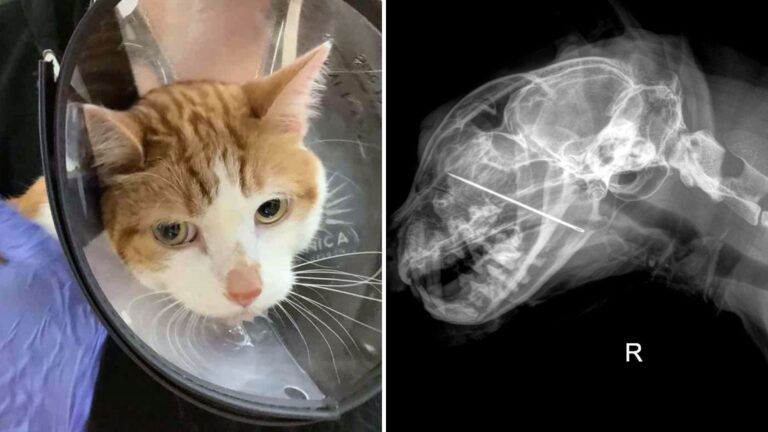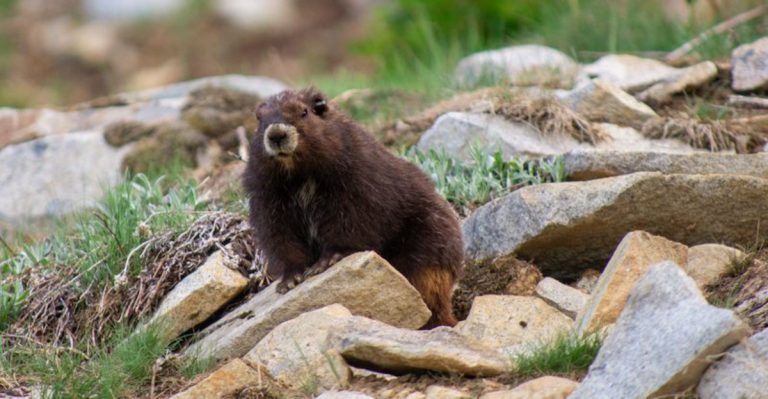Scientists In Massachusetts Reveal What The First Animals On Earth Really Looked Like
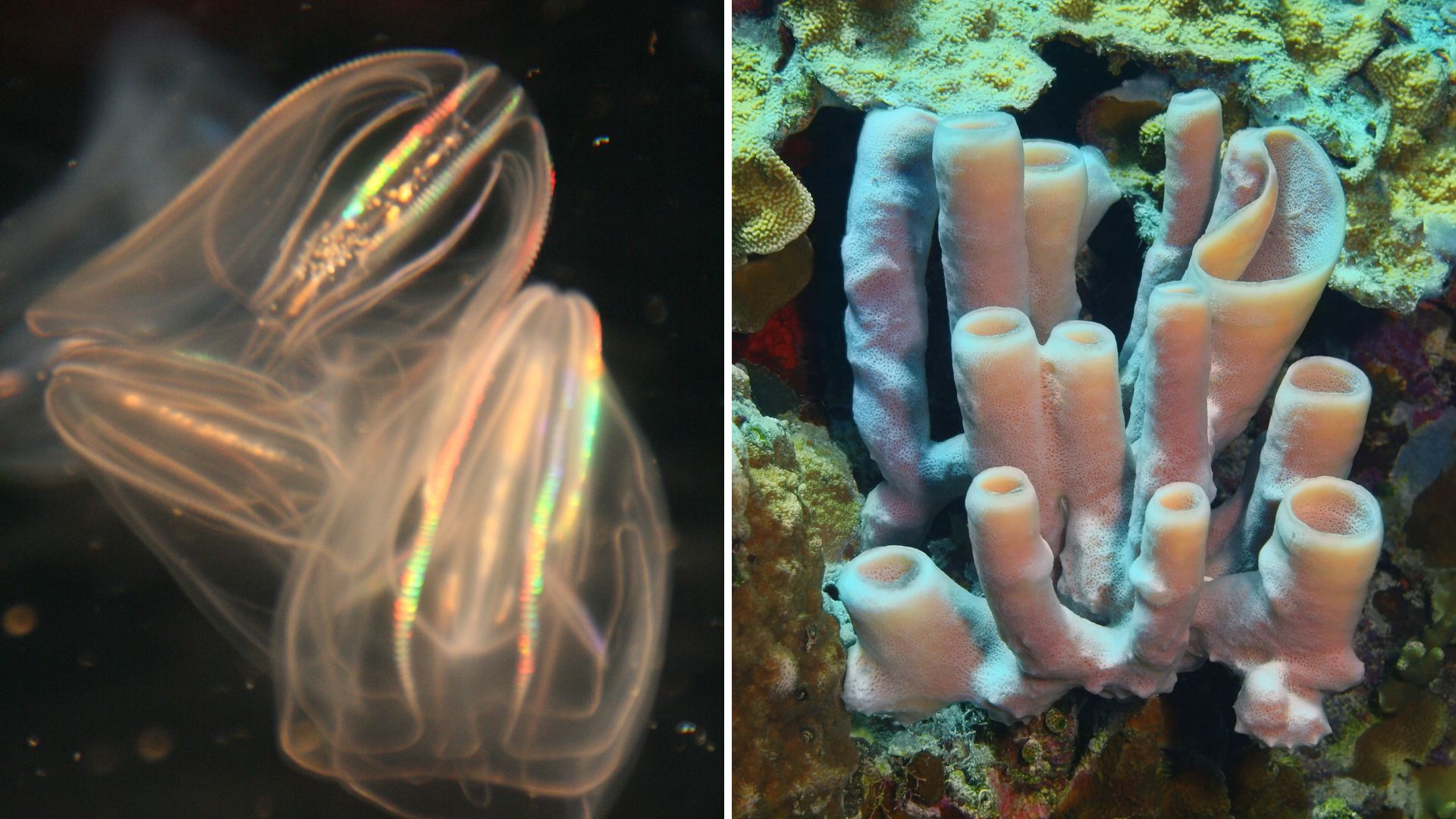
Imagine trying to picture the very first animal that ever existed on Earth. It’s like trying to imagine a long-lost relative you’ve never met, only this one lived more than half a billion years ago.
Scientists have been debating this for ages: was it a simple sponge, quietly filtering water, or a wiggly, soft-bodied comb jelly floating in the ancient seas?
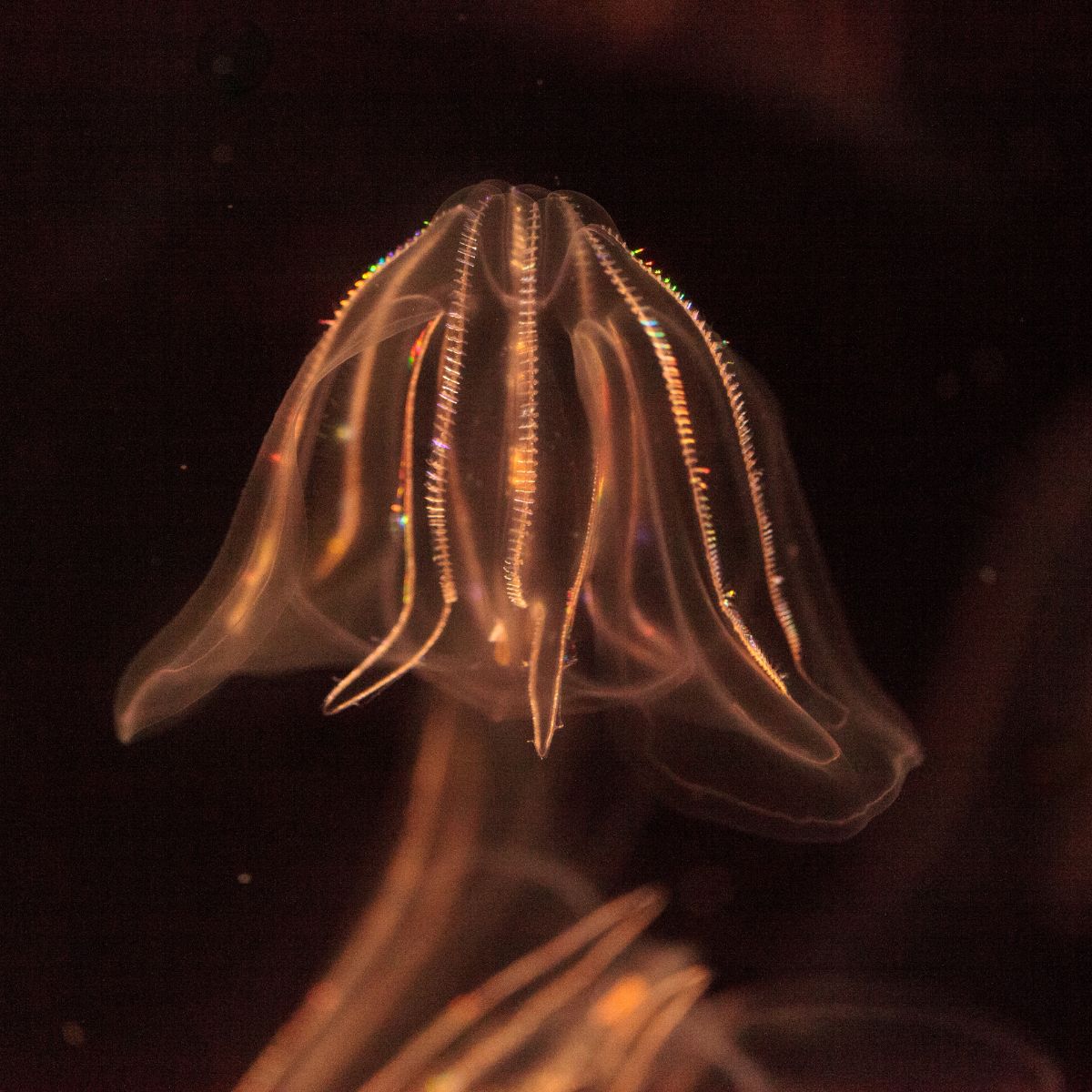
A new study at the Massachusetts Institute of Technology (MIT) is giving sponges a serious boost in this debate.
Using clever chemical detective work, researchers uncovered clues that point to these humble, squishy animals as the earliest members of the animal kingdom, appearing over 541 million years ago during the Neoproterozoic era.
That’s way before the dinosaurs, way before trees, even before most of the other multicellular creatures we know today.
The tricky part is that soft-bodied animals rarely leave behind fossils. No bones, no shells, just squishy little bodies that decay too fast to make it into stone.
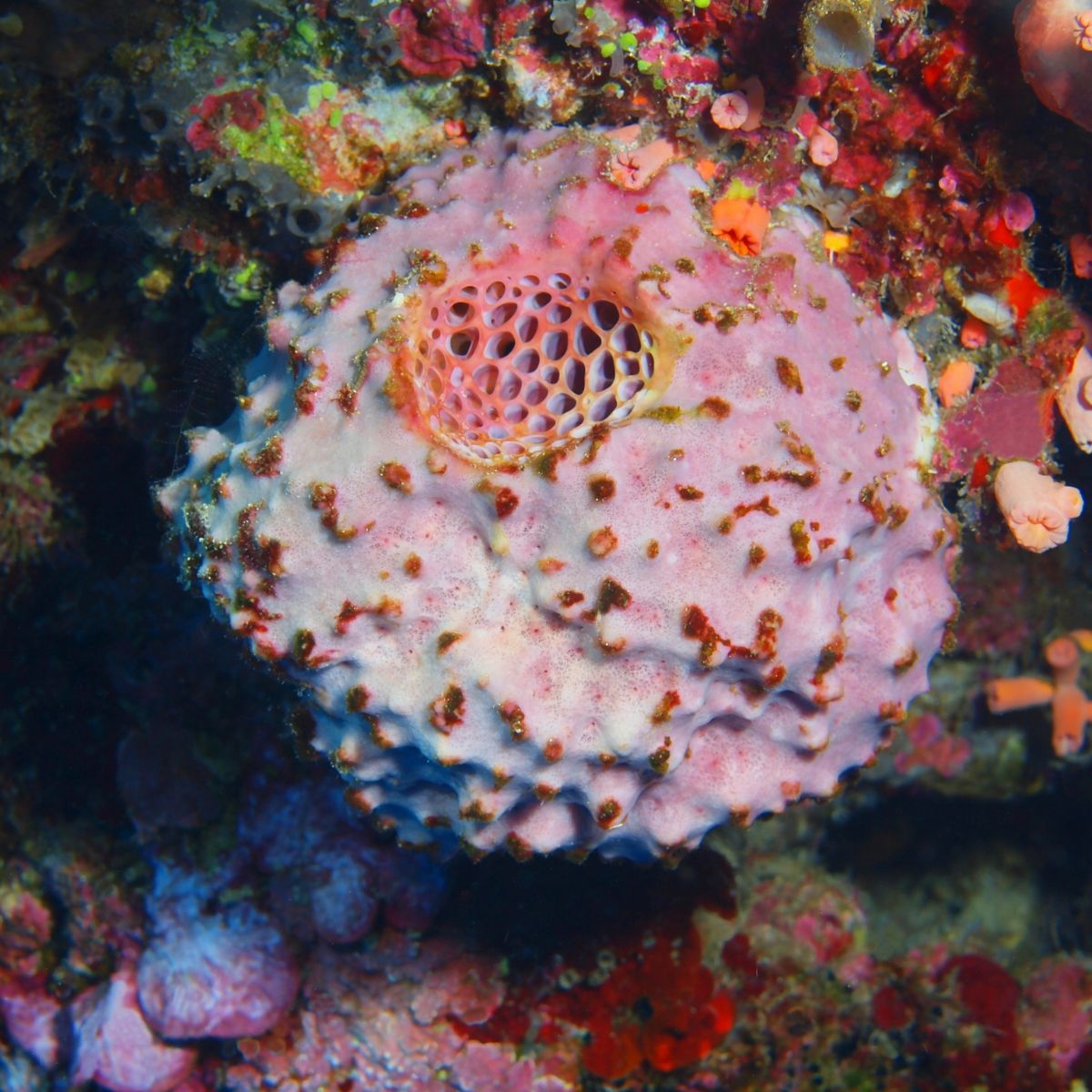
Sponges sometimes leave behind tiny skeleton-like structures called spicules made of silica or calcium carbonate, but the earliest sponges may not even have had those.
So scientists had to get creative, searching through ancient rocks and sediments for chemical fingerprints left by these ancient organisms.
Roger Summons, MIT geobiologist, shared in an interview:
“We don’t know exactly what these organisms would have looked like back then, but they absolutely would have lived in the ocean, they would have been soft-bodied, and we presume they didn’t have a silica skeleton.”
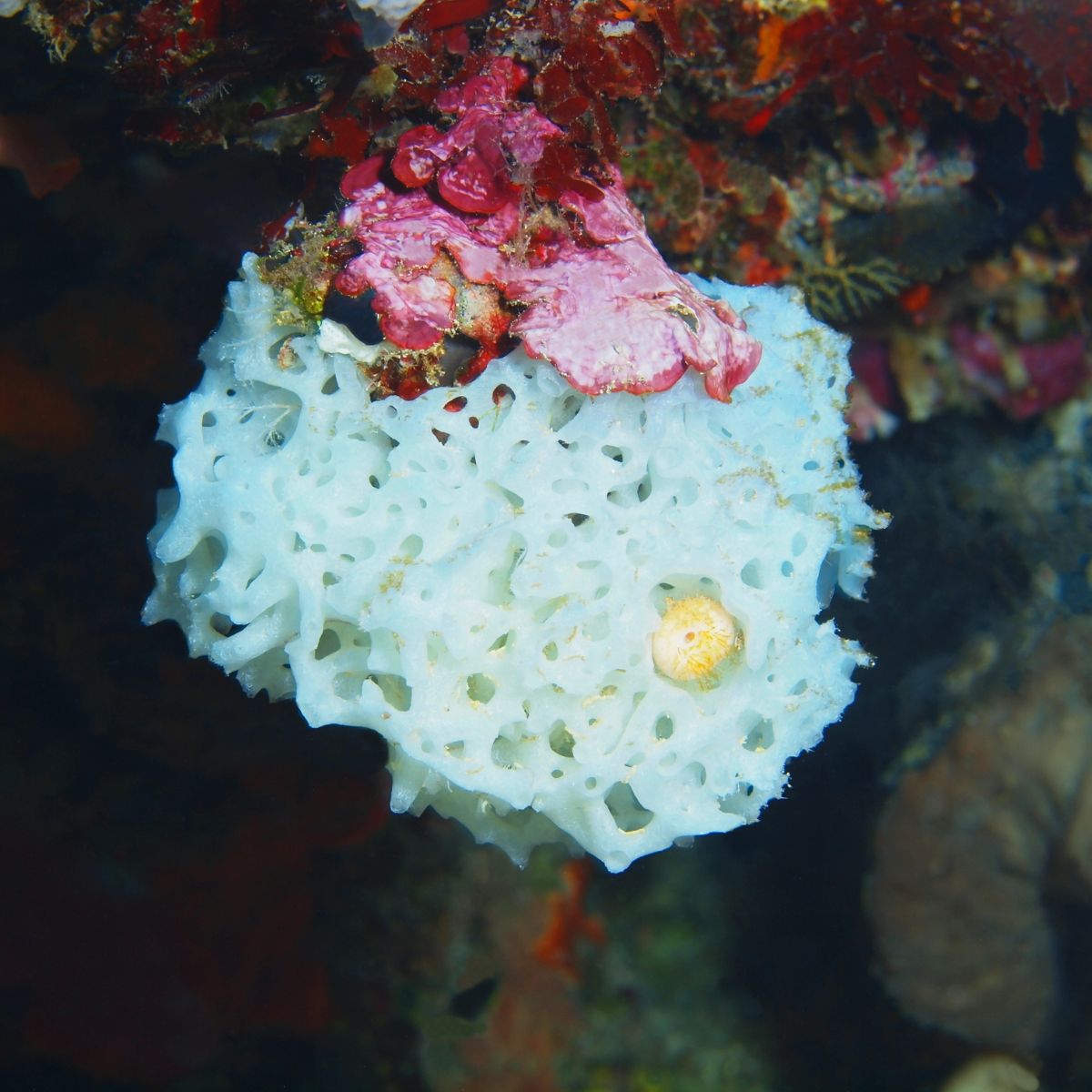
Back in 2009, MIT researchers found unusual chemical compounds called C30 sterols in rocks from Oman.
These sterols, part of the cell membranes in modern sponges, suggested that sponge-like animals were already living in the oceans hundreds of millions of years ago.
But skeptics argued these chemicals could have come from algae or non-living sources.
To settle the debate, the team dug deeper and discovered a related chemical, C31 sterols, produced by the same genes as the C30 sterols in sponges. MIT organic geochemist, Lubna Shawar, explained:
“In this study, we show how to authenticate a biomarker, verifying that a signal truly comes from life rather than contamination or non-biological chemistry.”
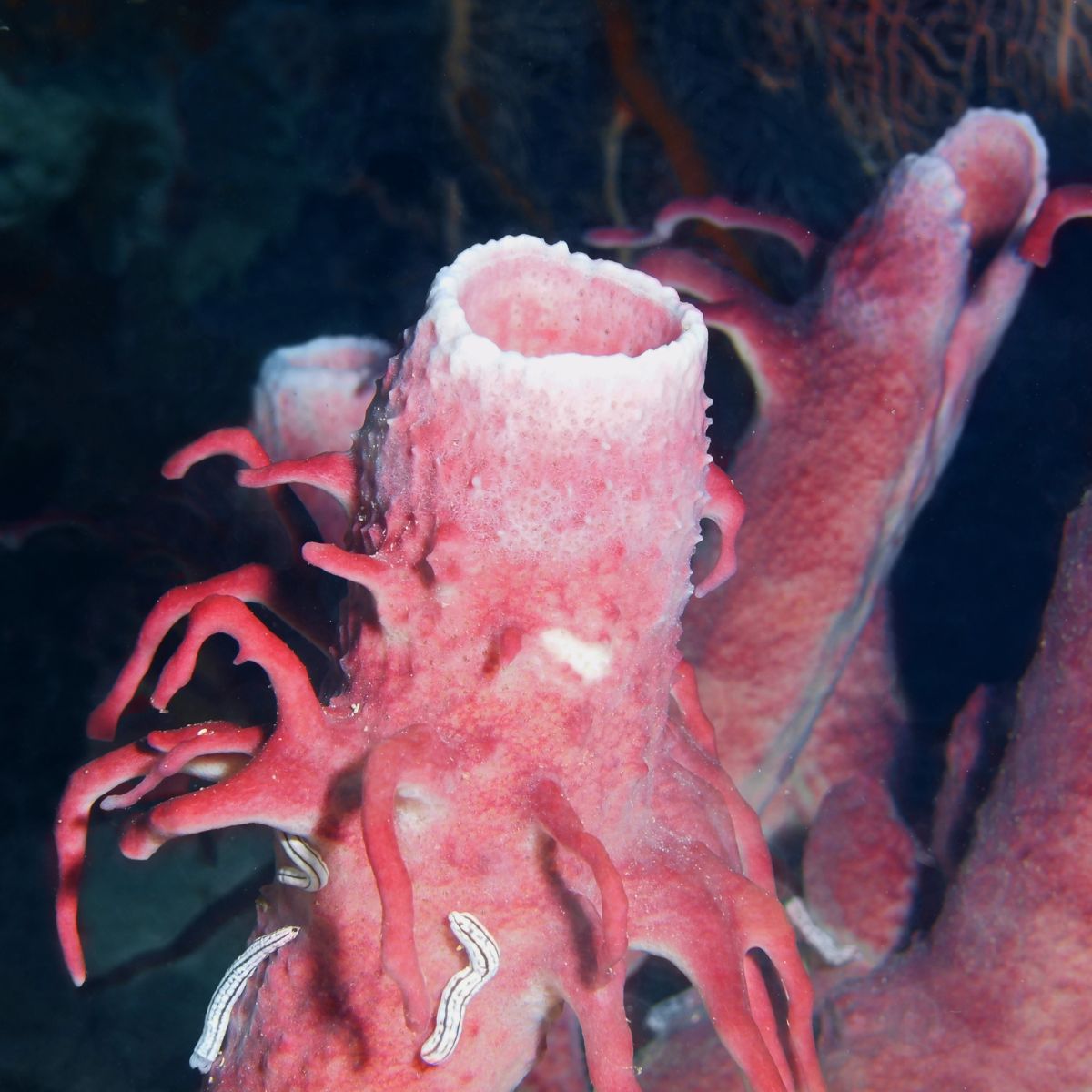
They even recreated the fossilization process in the lab, simulating hundreds of millions of years of chemical changes.
The results were striking: the lab-made sterols perfectly matched the ancient ones, confirming a biological origin.
Three lines of evidence: the rock chemistry, the genetics of modern sponges, and lab simulations, all pointed to sponges as the first animals on our planet. Shawar added:
“These special steranes were there all along. It took asking the right questions to seek them out and to really understand their meaning and from where they come.”
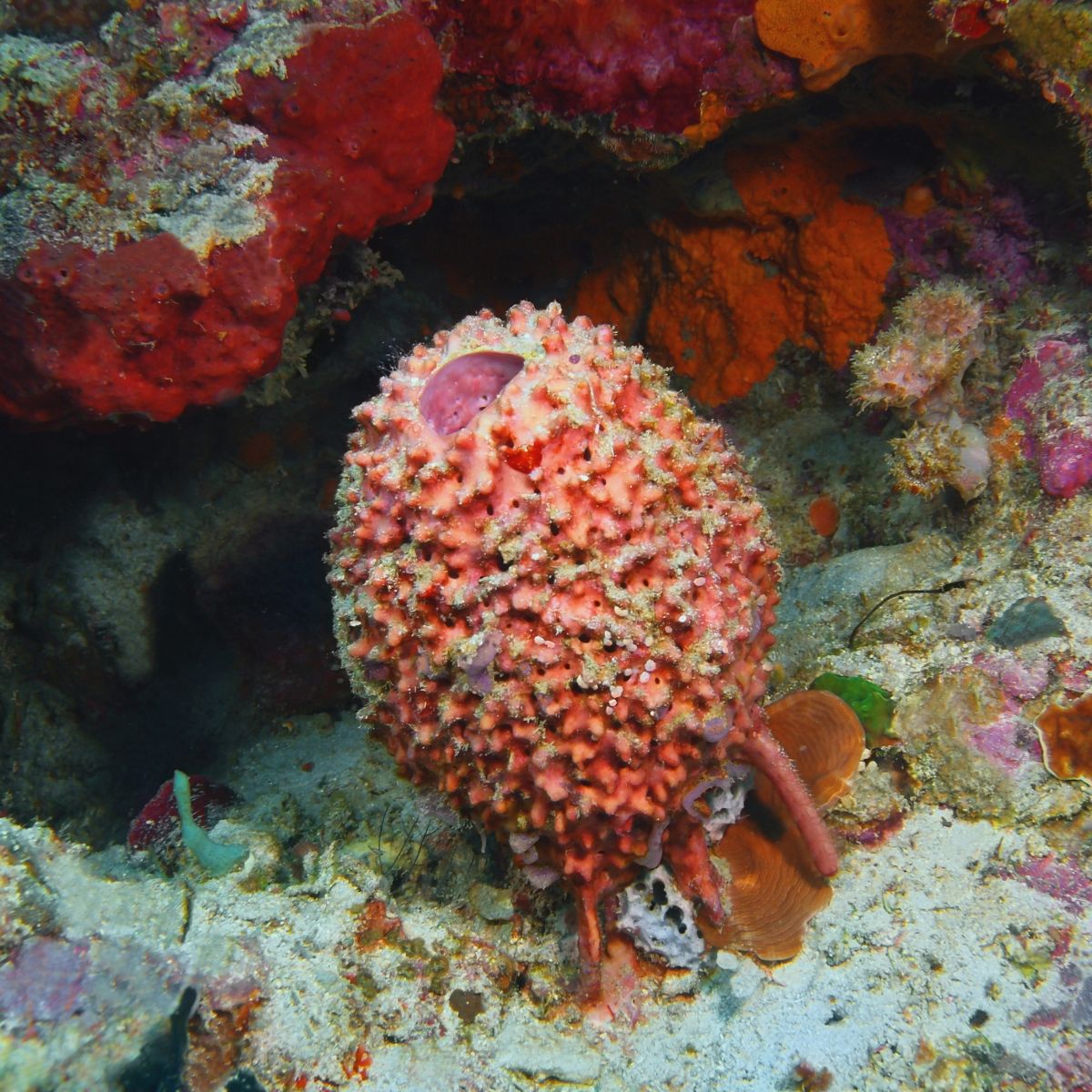
It’s mind-blowing to think that such humble organisms kick-started the incredible explosion of life that would eventually lead to everything from tiny bugs to giant whales, and, of course, us.
With these chemical clues now validated, researchers hope to explore more ancient rocks, searching for additional traces of life’s first pioneers.
Every discovery like this helps us piece together a story that’s more than half a billion years old, revealing how life on Earth began and evolved in ways we’re only just starting to understand.This research, published in PNAS, shines a new light on the origins of animal life, showing that even the tiniest, simplest creatures can change the way we see life on Earth.


